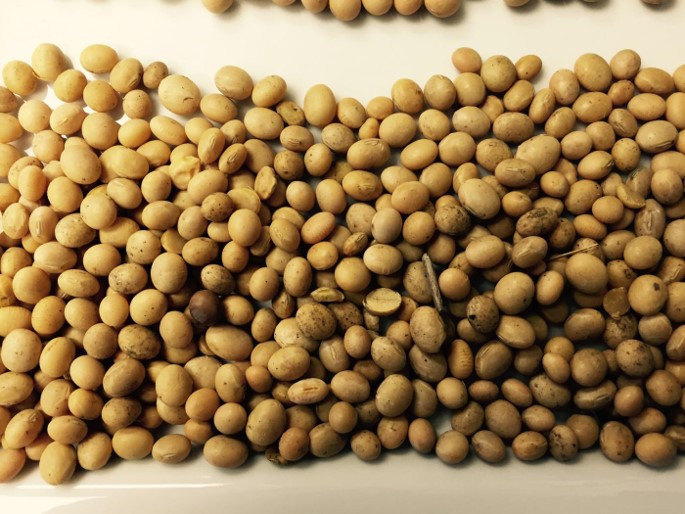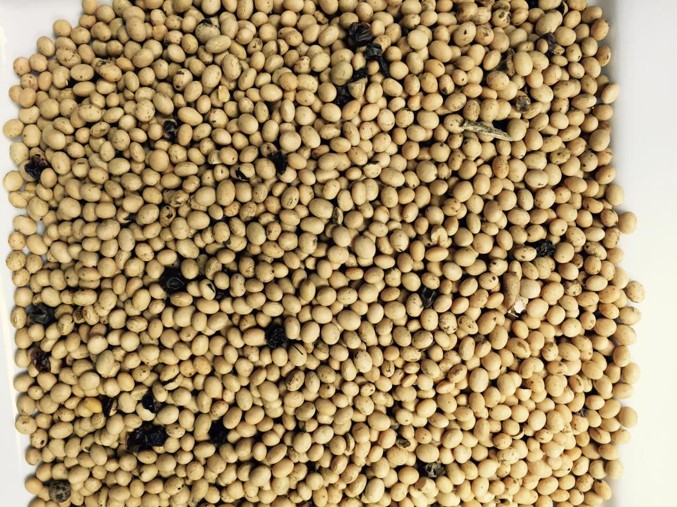As you know, soybeans are held to high standards to access certain niche markets. As soybeans are particularly fragile, there are certain basic ways of handling them to ensure they maintain their full potential, regardless of their final destination. Here are our 8 rules to follow:
- If available, use a conveyor belt to move the soybeans. If not, use a grain auger while making sure that the auger is operating at full-volume flow and low speed to reduce friction.
- Check that the grain carts (gravity wagons) are clean and free of contaminants.
- If the auger is used for more than one type of grain (e.g. corn and soybeans [GMO or non-GMO]), always empty it first to prevent possible contamination.
- Begin harvest after the morning dew has dried but before evening dew sets in. If the plants are damp, they may stain the grain.
- Avoid the introduction of soil in the combine header as this will certainly stain the grain.
- Make sure to use the correct combine adjustments to have the least possible dockage in the grain. Dockage in this case refers to soybean pods, dirt and stems as well as weed seeds. Using the right adjustments reduces the likelihood of grain splitting and breakage during harvest (the goal is less than 2%).
- If there is a significant quantity of dockage and weeds, it may be beneficial to pre-clean the grain before storage as the seeds from weed generally accumulate in the centre of the silo and could prevent adequate ventilation in the silo.
- If there are nightshades in the field, harvest, store and ventilate as quickly as possible to dry and dehydrate them. As moist nightshades stain the grain, it is important to dry it as quickly as possible for future handling. If you have moist nightshades in your crop, consult one of the Prograin District Sales Managers before harvesting to find the best solution for your situation.
Lightly stained grains

Morel presence

